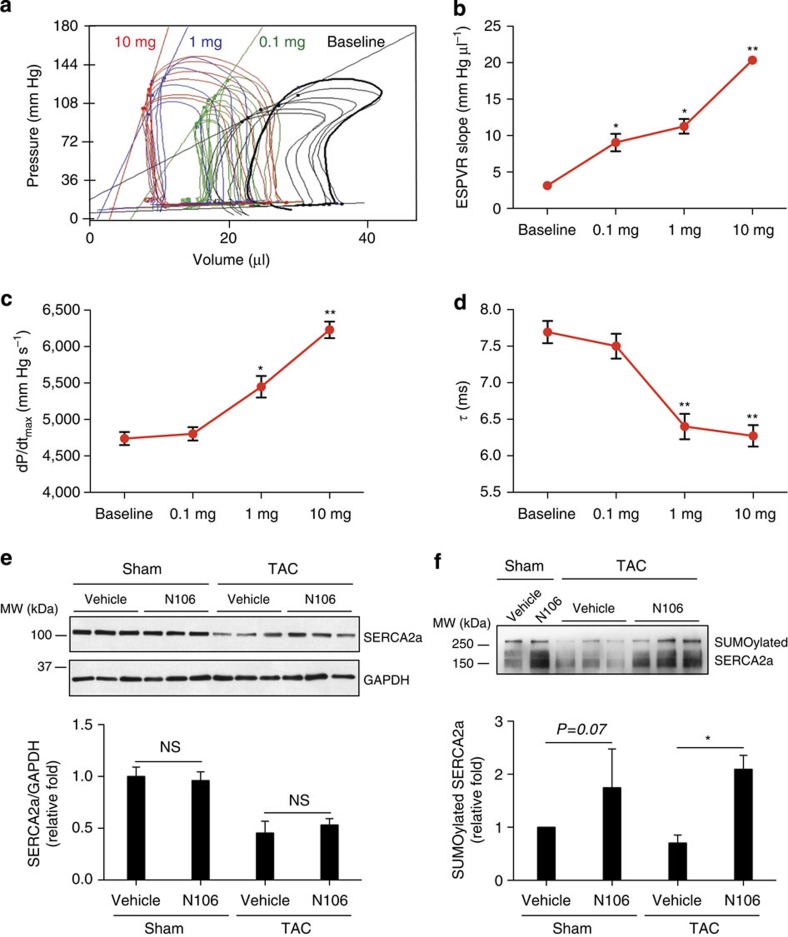Figure 4. Infusion of N106 induces a sustained reversal of contractility in HF mouse.
Beneficial effects of acute N106 treatment on cardiac function were shown in pressure overload-induced mouse model of HF. (a) Representative pressure volume loop showing that haemodynamic function of each increasing doses (0.1, 1.0 and 10 mg kg−1) of N106 compared with the baseline (with vehicle) at 30 min post treatment. Baseline in black; 0.1 mg kg−1 N106 compound in green; 1 mg kg−1 N106 compound in blue; 10 mg kg−1 N106 compound in red. (b–d) The ESPVR slope was steeper and maximal rate of contractility (dP/dtmax) was increased when the heart received the N106 compound on dose-dependent manner. The relaxation parameter (τ) also enhanced in these conditions (n=10 independent mice per each N106 compound dose condition). (e) The effect of 10 mg kg−1 of N106 infusion on SERCA2a protein level was determined by western blot analysis. GAPDH (glyceraldehyde 3-phosphate) was used as a loading control. (f) SUMOylated SERCA2a level was examined by immunoprecipitation followed by western blot analysis. Data are represented as mean±s.e.m. *P≤0.05; ** P<0.001 (Student's t-test) versus baseline. WB, western blot analysis; NS, not significant.

